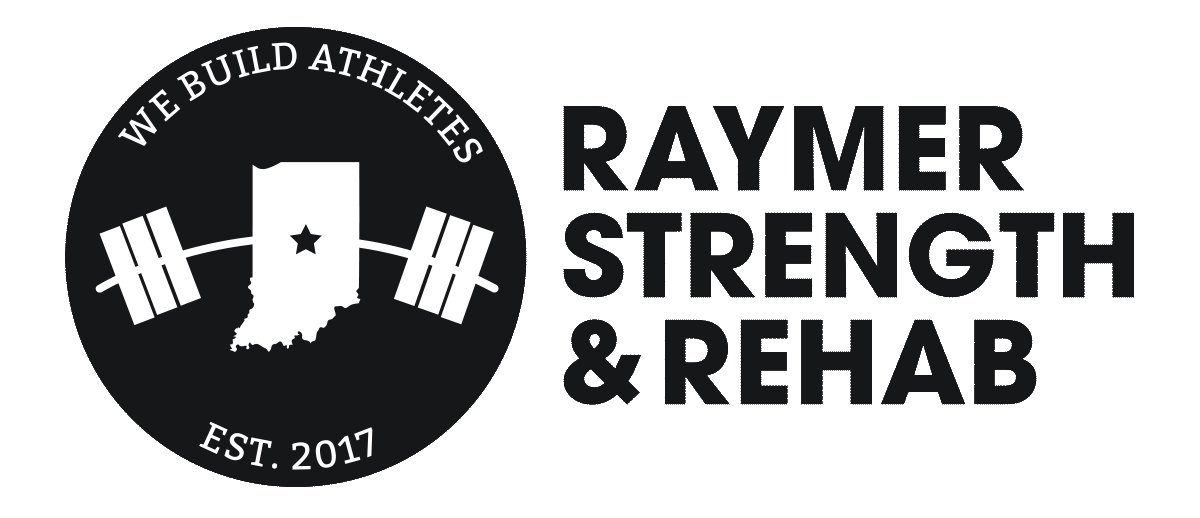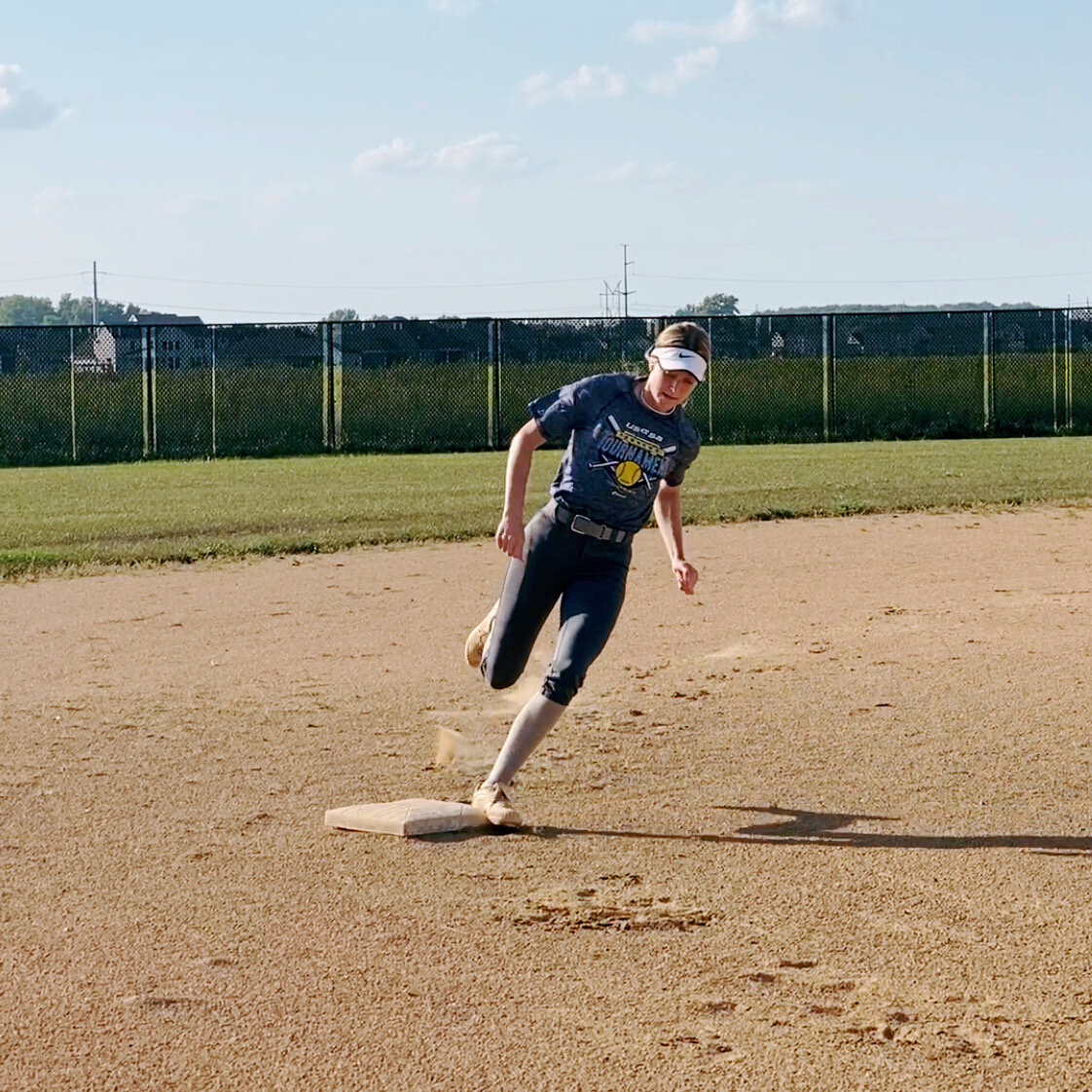Producing & Absorbing Force 101: Flexion and Deceleration
Deceleration and the movements used to train it are often overlooked. And some might assume that an athlete can slow down well enough on their own that that training is not prioritized.
We get it. It isn’t sexy. It’s not “creating wheels.”
Ignoring it is a massive risk that can lead to injury if an athlete can’t slow the body down efficiently.
Most season-ending injuries aren’t from contact collisions, but rather from non-contact actions like landing, cutting, changing direction, and sudden stops.
Have we convinced you how important it is to work on slowing the body down? Awesome. Welcome aboard to the Deceleration Train.
What does deceleration look like in the body?
Deceleration happens when a joint that was previously extended (see our previous post on linear extension) is now in flexion. Imagine a sprinter. They accelerate and the joints extend and the muscles perform concentric contractions. The sprinter runs through the finish, but now they have to stop. They start decelerating when their heel initiates the brakes during their foot strike. The ankles start dorsiflexing, the knees start to flex, and the hips sit down.
Does the body decelerate in other ways? Absolutely. But we’re just talking the basics here. Regardless of the angle, or if we’re looking at a single leg or both legs, the heel will brake and the joints will flex.
How can an athlete train deceleration?
One effective way an athlete can train deceleration and flexion under load is to get in the weight room. Check out the video where I talk through what deceleration means, where it occurs and why we do it. You can see where joint flexion occurs with the highlighted circles about halfway through the video.
At Raymer Strength, we focus on dropping into a deeper range of motion to catch a barbell during the Clean so the joints can flex under load. We encourage athletes to bring the bar down manually after standing it up if it isn’t a max-effort lift– feeling what the body is doing. We also practice depth drops and foot striking, and we queue our athletes to slow down as fast as they can when sprinting past the finish line.
This isn’t an exhaustive list of what we do to help reduce the chances of injury on the field of play. We also work on building the muscle groups who’s main job is to assist in deceleration, and we coach mechanics so that athletes can perform functional athletic movement safer.
As much as we’d like to say the weight room is a silver bullet, it isn’t the end of the story. It’s important for athletes to practice the mechanics taught in the weight room with sport-specific practice on the court, diamond, track, mat, ring, or field so that they are ready, and safer, on game day.


